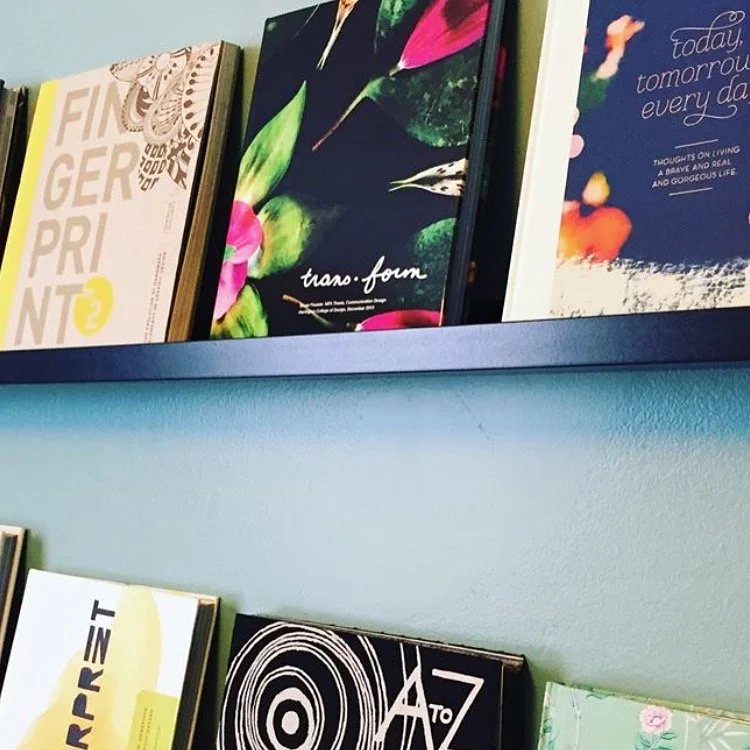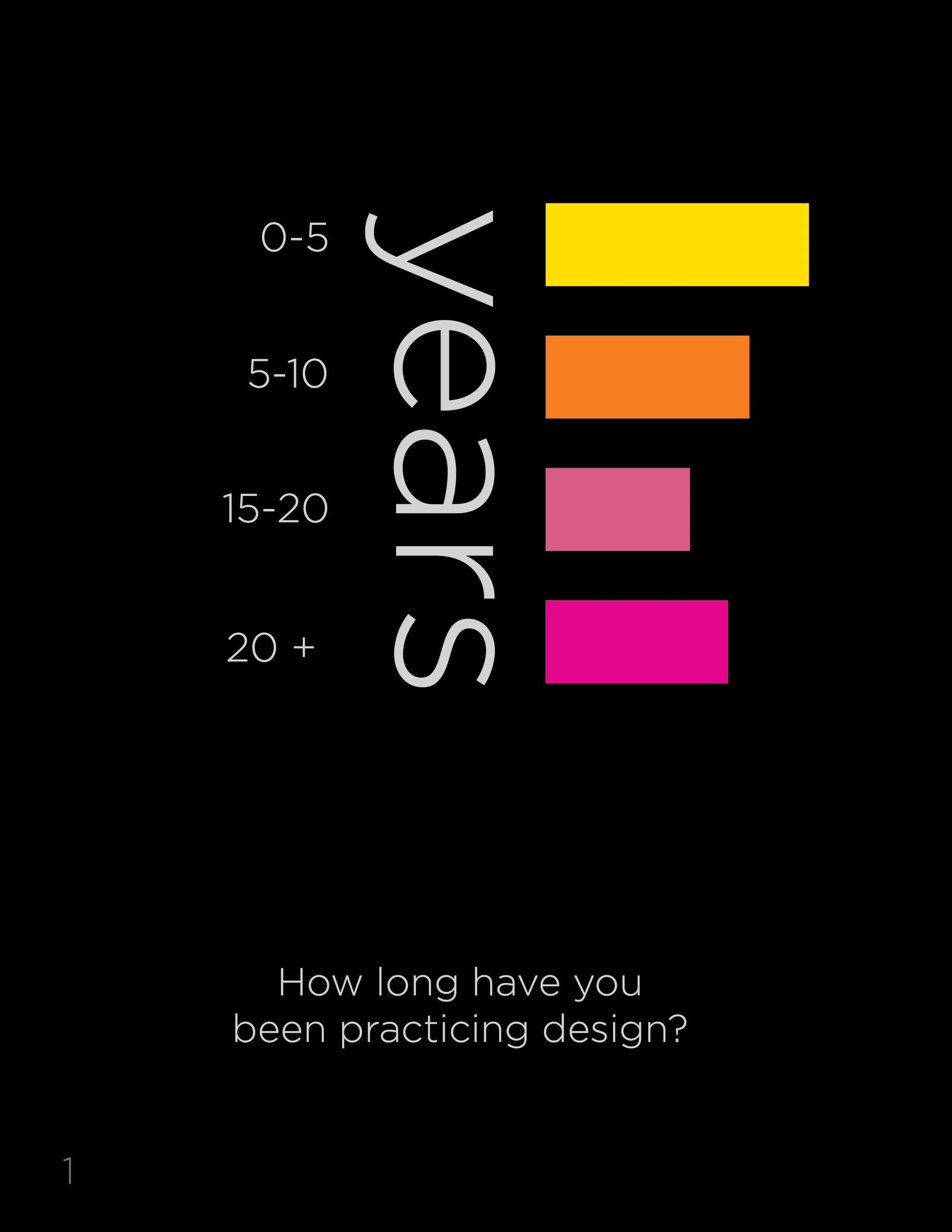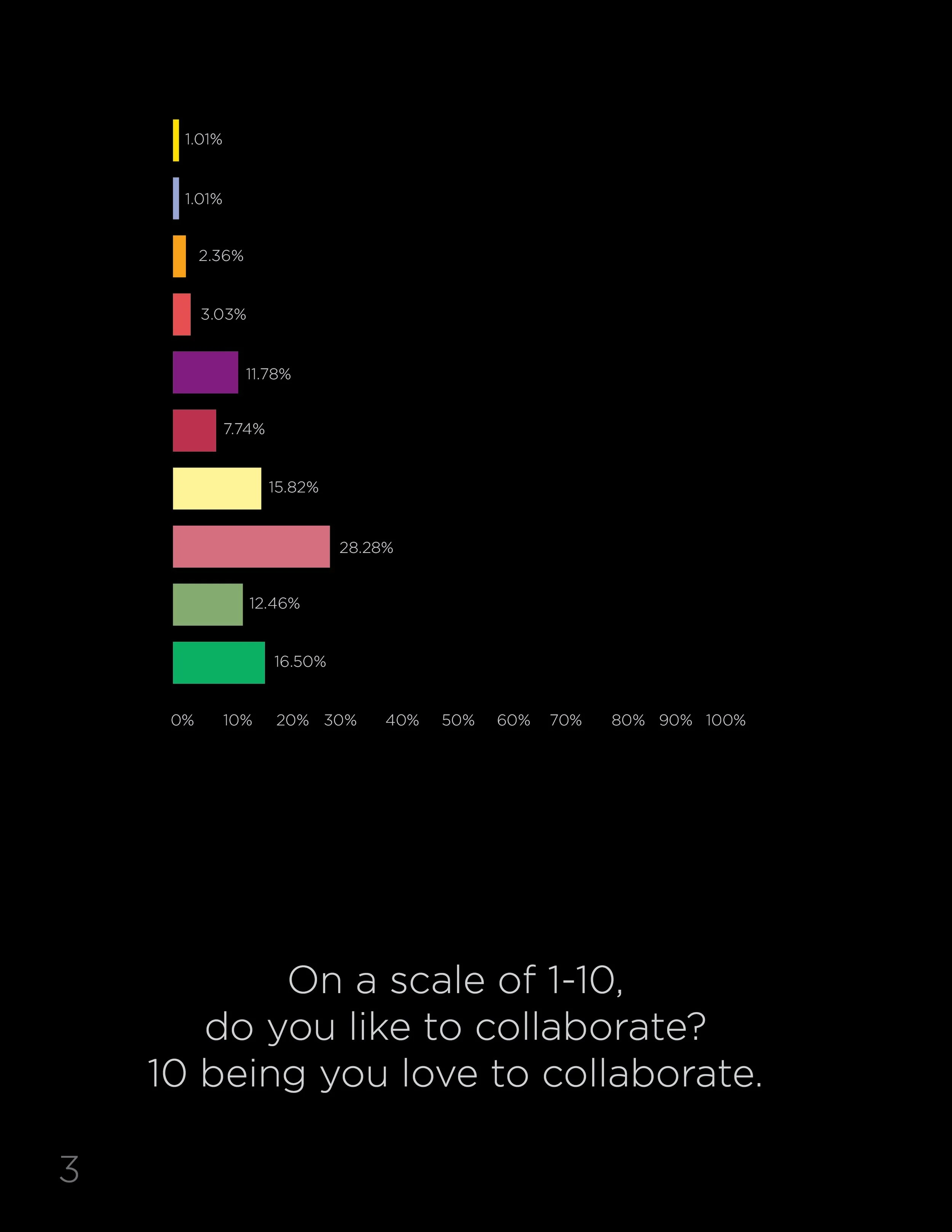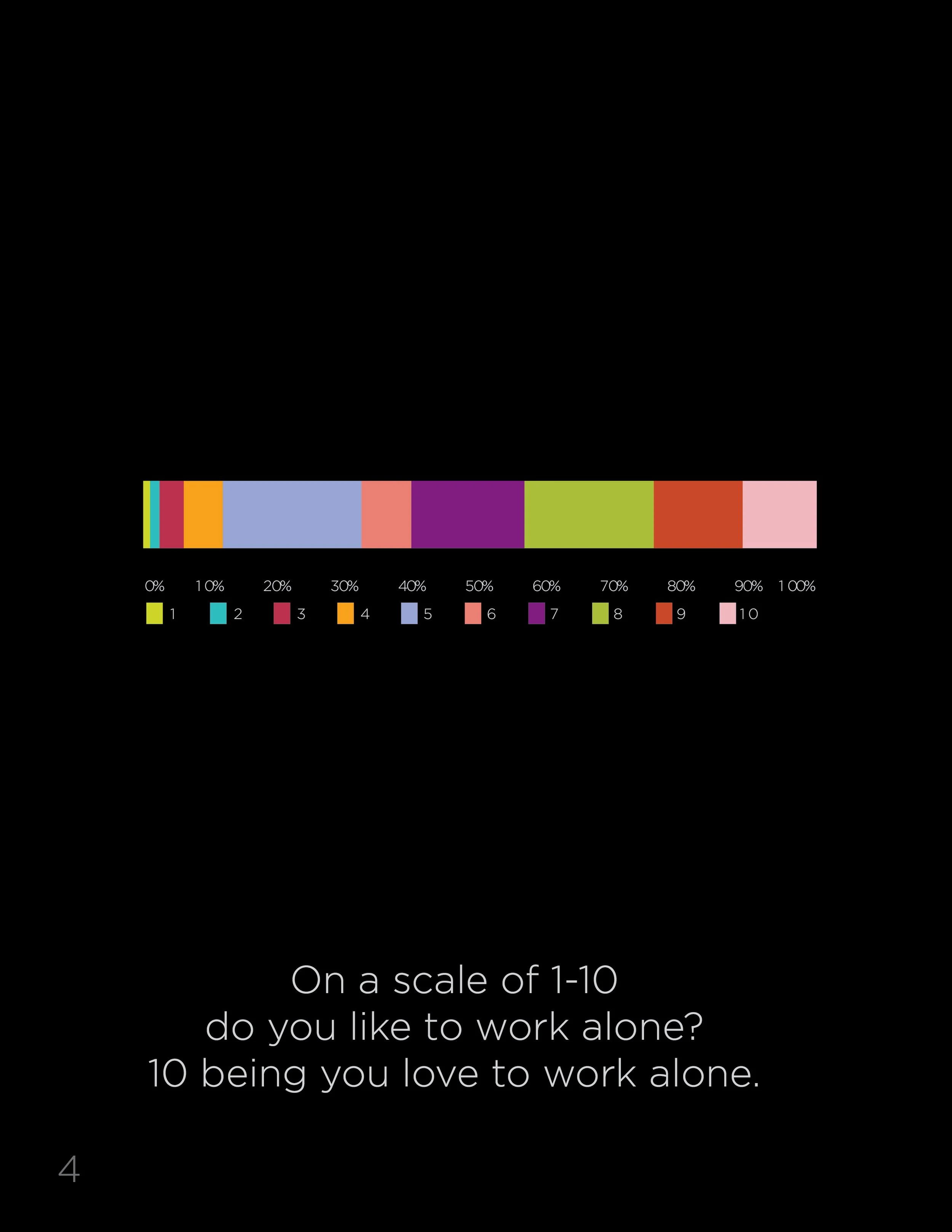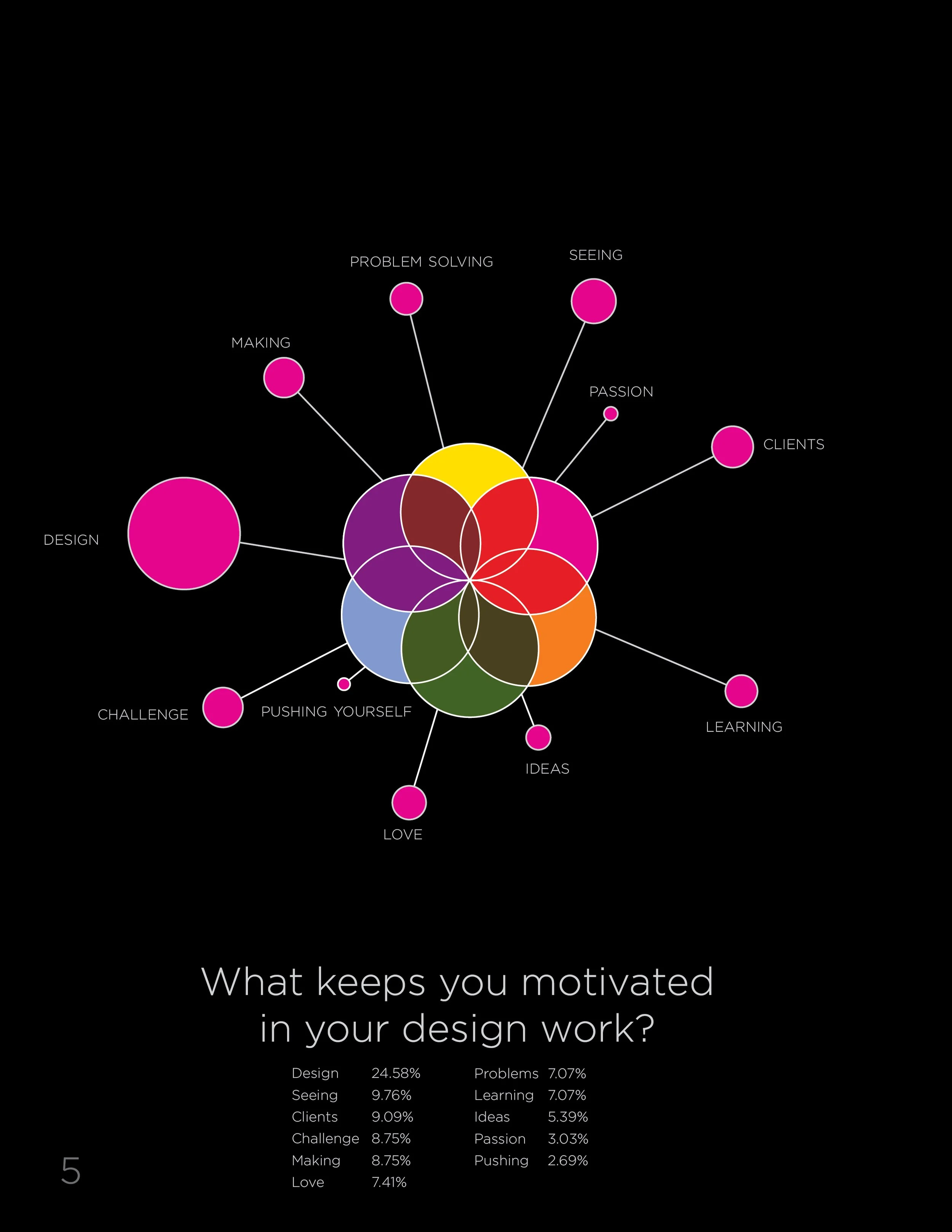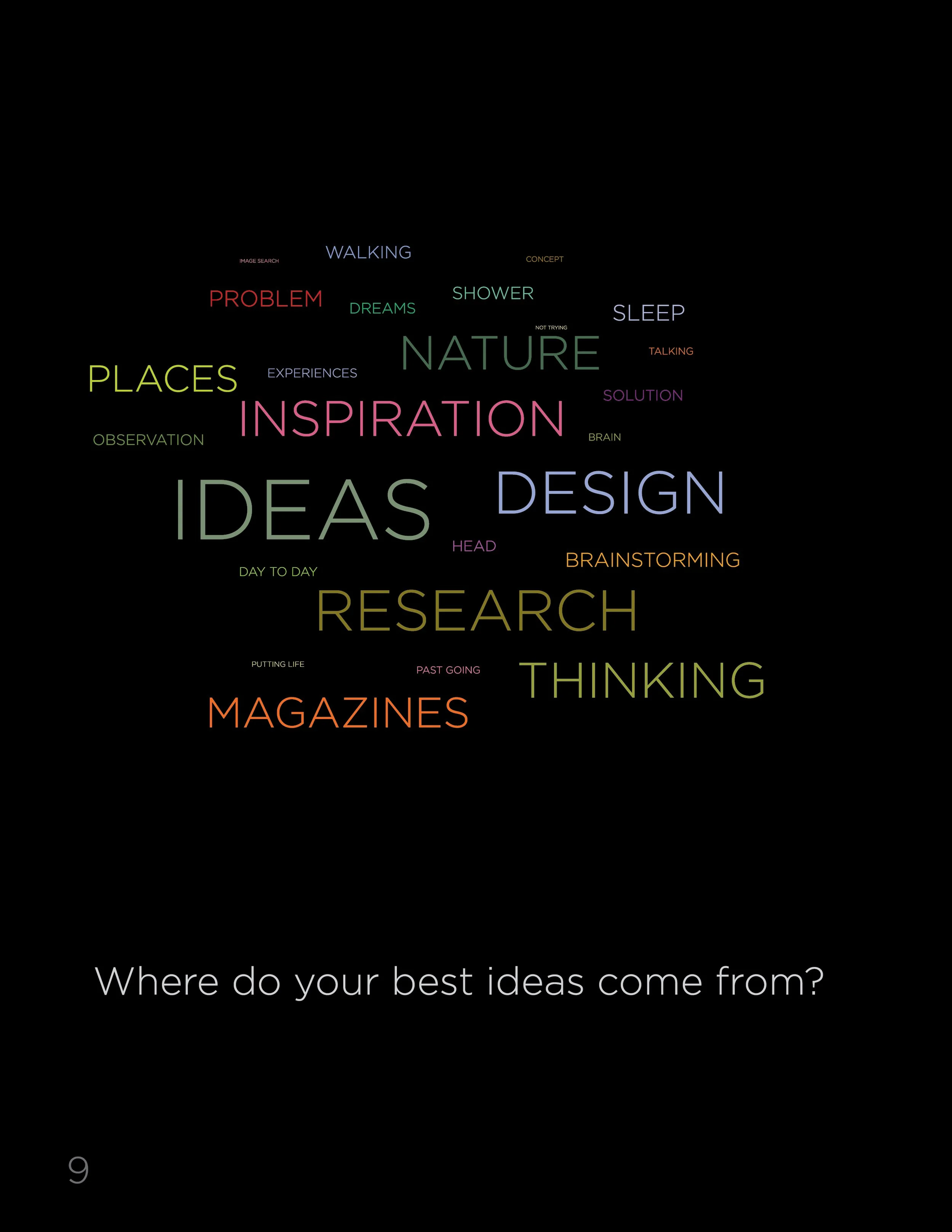As designers, we are always transforming—our work, our thinking, and ourselves.
Today, the role of the designer is expanding. Organizations increasingly understand that design drives not only perception but business value. Designers are stepping into more strategic positions—shaping systems, influencing decisions, and leading the practice of design thinking.
You don’t go through graduate school—or any long, immersive program of learning and practice—and come out the same person you were when you began. After more than twenty years working in communication design, I chose to pursue an advanced degree in the very field I had built my career around. When I first studied it as an undergraduate, the discipline was called “commercial art,” then evolved into “communication design.” Our titles, our tools, and even our definitions of design continue to shift. The AIGA captures it well: “Communication design is the art and practice of planning and projecting ideas and experiences with visual and textual content.”
Developed by IDEO founder David Kelley, design thinking is “a human-centered approach to innovation that integrates the needs of people, the possibilities of technology, and the requirements of business success.” This mindset has repositioned designers from makers to multidisciplinary problem-solvers.

Who is a designer?
AIGA describes designers as keen observers—people who move through the world with heightened awareness, noticing patterns, questions, gaps, and possibilities. Designers imagine what doesn’t exist yet and feel compelled to make it real. They pursue clarity, reduce complexity, and search for meaning. They navigate seamlessly between introspection and collaboration: quietly diving deep into problems while also reading people, understanding needs, and shaping experiences for others.
Design also attracts those whose curiosity refuses to fit inside a single box. Interest in language, structure, behavior, technology, and aesthetics converges naturally within the discipline. Design becomes the home for people who want to connect ideas across fields rather than choose just one.
Reflecting on all of this, I often wonder: if we are always searching for the next problem to solve, are we ever truly finished? Maybe not—and maybe that’s the point. The instinct to question, explore, refine, and rebuild is built into who we are. To transform means to change something fundamentally and for the better.
As designers, we are always transforming—our work, our thinking, and ourselves.



